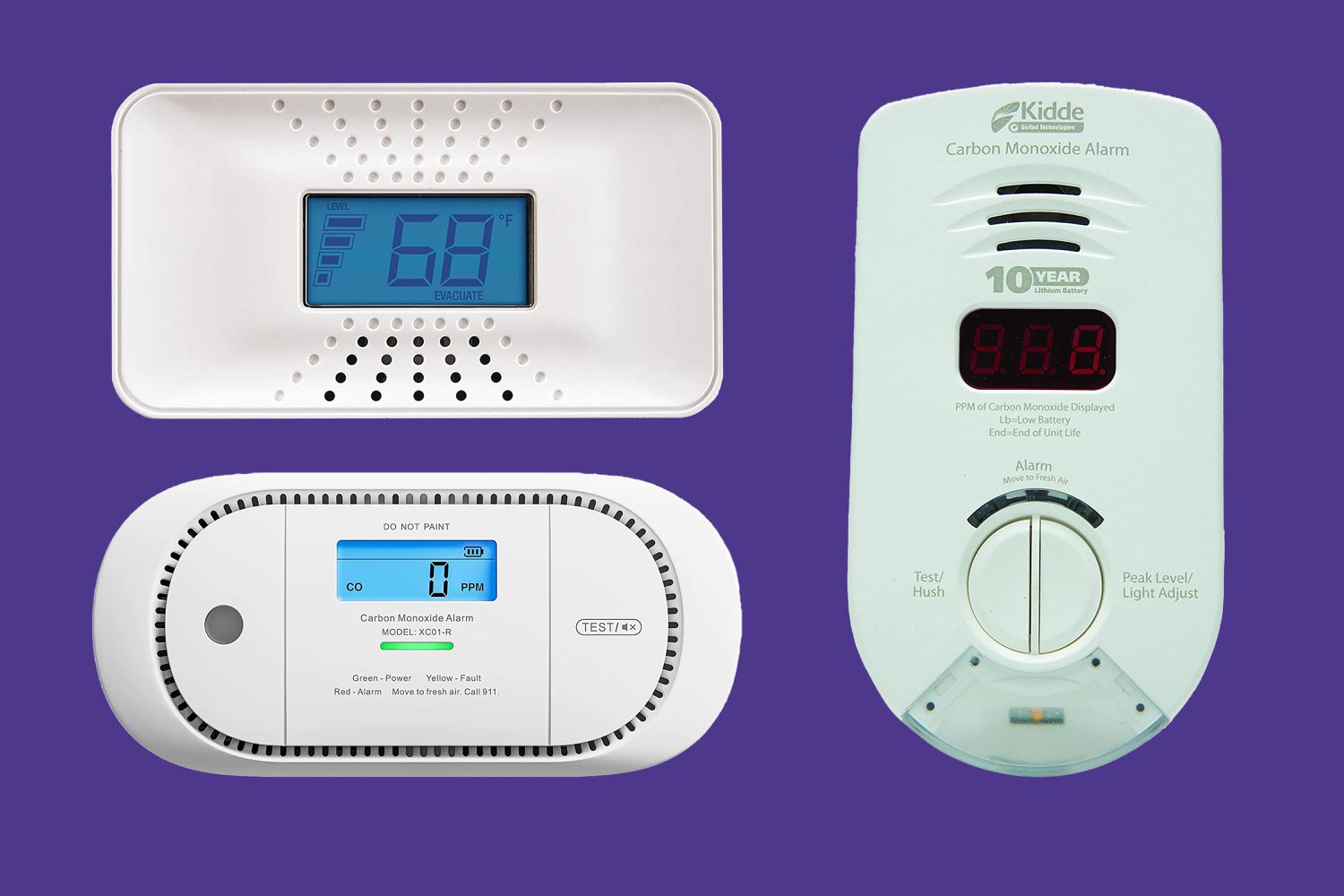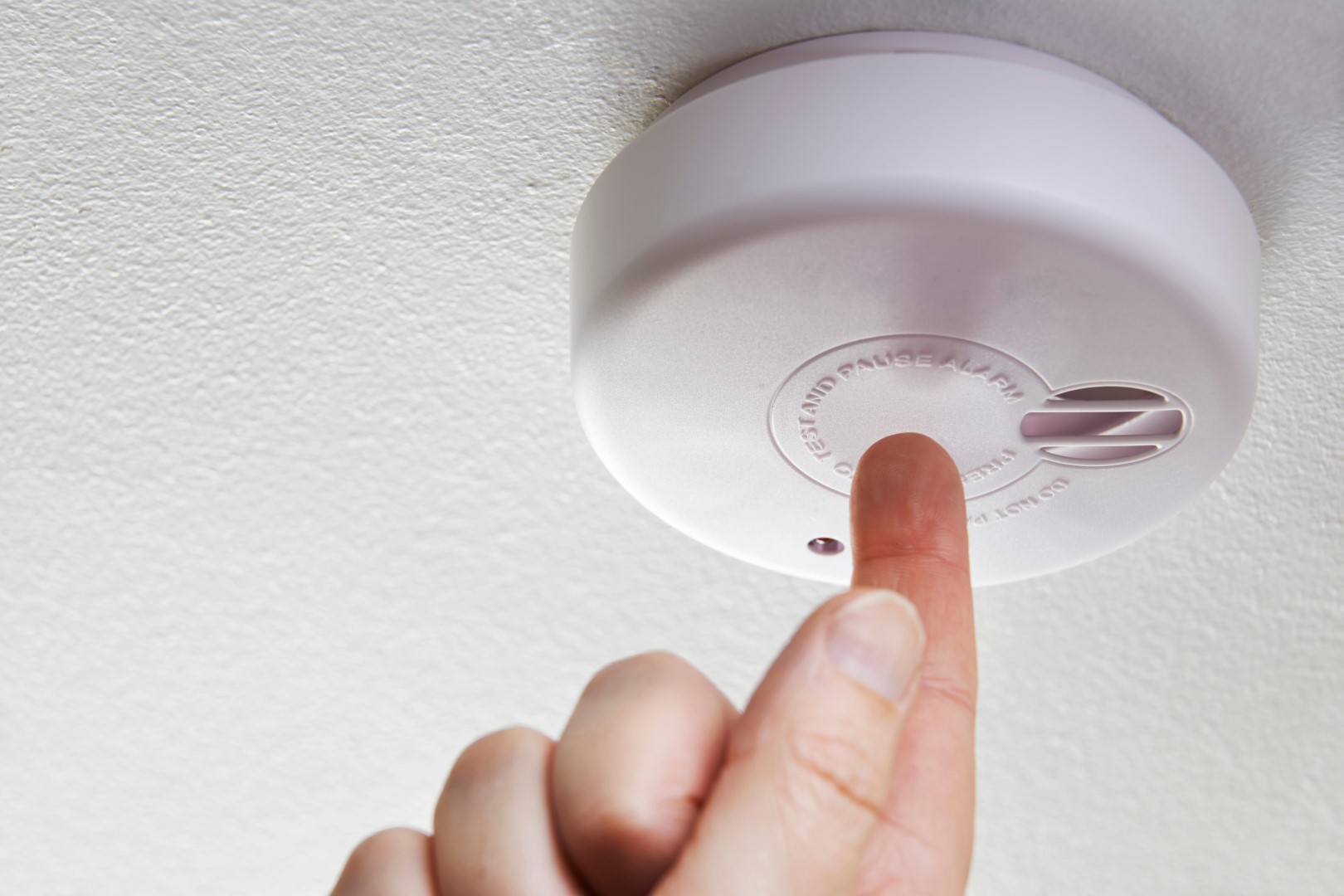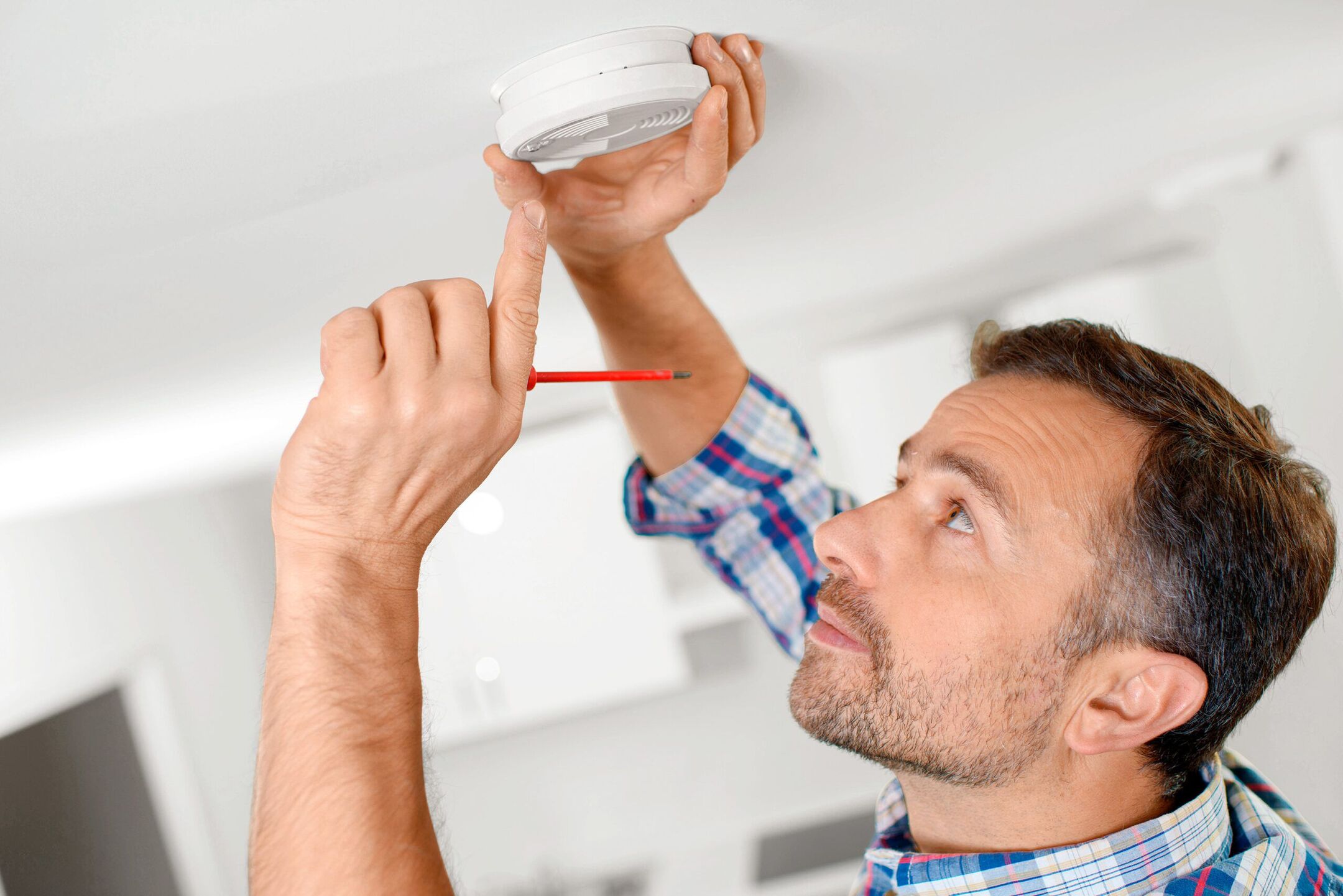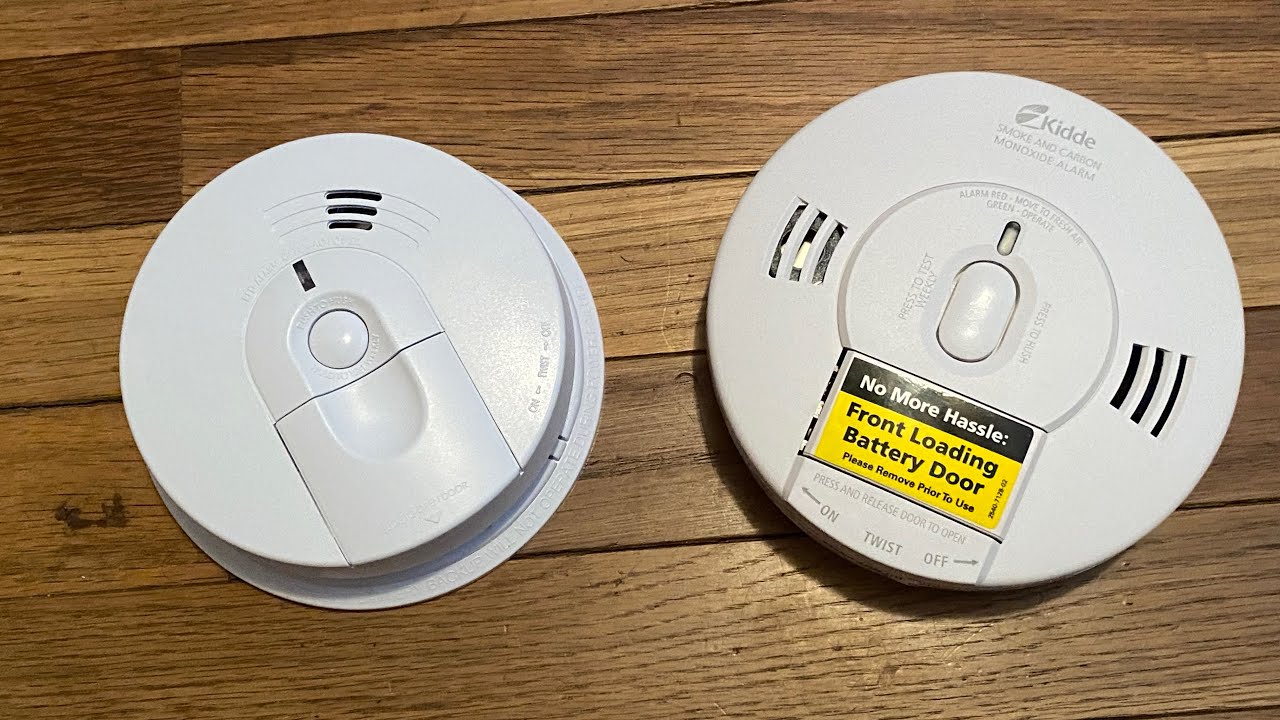How To Shut Off Carbon Monoxide Detector

Carbon monoxide (CO) detectors are vital safety devices, protecting us from the silent, odorless killer. However, situations arise where you need to temporarily silence or shut off your CO detector. Perhaps it's a low battery chirp at 3 AM, or maybe you're renovating and dust is triggering false alarms. Regardless of the reason, knowing how to safely shut off your carbon monoxide detector is crucial.
Understanding Your Carbon Monoxide Detector
Before diving into the "how," let's understand the "what." Carbon monoxide detectors use various technologies to sense CO levels. Electrochemical sensors are common, providing relatively long lifespans (5-10 years) and accurate readings. Biometric sensors, while less common, change color or trigger an alarm upon CO exposure. Metal oxide semiconductor sensors detect CO based on changes in electrical conductivity of a metal oxide material.
Crucially, understand the difference between silencing the alarm and completely shutting it off. Silencing typically involves pressing a button that temporarily stops the alarm for a short period, usually 5-10 minutes. The detector remains active, still monitoring CO levels. Shutting off the detector completely removes its ability to detect CO. This should only be done when the danger is known to be non-existent, and *only* after taking appropriate safety measures (which we’ll cover later).
Different models have different functionalities. Some, particularly newer smart detectors, offer features like mobile alerts, CO level history, and interconnected systems that communicate with other detectors in your home. Models with digital displays show current CO levels in parts per million (ppm). A reading above 70 ppm warrants immediate action.
Reasons You Might Need to Silence or Shut Off a CO Detector
Several situations might necessitate silencing or temporarily shutting off your CO detector:
- Low Battery: This is the most common culprit. Most detectors chirp intermittently when the battery is low.
- False Alarms: Dust, humidity, and certain chemicals (like those in cleaning products or hairspray) can trigger false alarms.
- Construction or Renovation: Sawdust, fumes from paints or adhesives, and other byproducts of construction can cause false positives.
- Malfunctioning Detector: Sometimes, a detector malfunctions and triggers alarms even when there's no CO present.
- End of Life: CO detectors have a limited lifespan, typically 5-10 years. At the end of their life, they may start malfunctioning and need replacement.
Important Note: Never ignore a CO alarm, even if you suspect a false alarm. Evacuate the premises immediately and call emergency services. They can use specialized equipment to determine if CO is present. Your safety is paramount.
Steps to Silence a Carbon Monoxide Detector
Silencing a CO detector is usually straightforward. Here's a general guide:
- Identify the Source: Determine which detector is sounding the alarm, especially if you have multiple detectors in your home.
- Press the Test/Silence Button: Most CO detectors have a "Test/Silence" button. Press and hold this button for a few seconds. The alarm should stop. The exact duration varies depending on the model, so consult your user manual.
- Verify Functionality: After silencing, the detector usually enters a temporary "silence" mode for a pre-set period (e.g., 5-10 minutes). It will continue to monitor CO levels and reactivate the alarm if CO is detected.
- Investigate the Cause: After silencing, investigate the reason for the alarm. Check for potential CO sources like faulty appliances (furnaces, water heaters, stoves), blocked chimneys, or running vehicles in attached garages.
How to Safely Shut Off a Carbon Monoxide Detector (When Appropriate)
Completely shutting off a CO detector should be a last resort and only done when you are absolutely certain there is no CO hazard and you are prepared to replace the unit immediately or reinstate protection with a working detector ASAP.
- Ensure Your Safety: Before proceeding, open windows and doors to ventilate the area. Make sure everyone in the household is safe and aware of the situation. If you suspect CO poisoning, evacuate immediately and call emergency services.
- Consult the User Manual: Your detector's user manual is your best resource. It will provide specific instructions for shutting off your particular model.
- Remove the Batteries: Most CO detectors are powered by batteries. Removing the batteries will disable the unit. Some detectors also have a backup battery. Remove this as well.
- Disconnect the Power Supply (if applicable): Some detectors are hardwired into your home's electrical system and have battery backup. In this case, you may need to disconnect the power supply at the circuit breaker. Caution: Only disconnect the power if you are comfortable and familiar with electrical work. If not, contact a qualified electrician.
- Dispose of the Detector Properly: Check local regulations for proper disposal of electronic devices and batteries. Many municipalities offer recycling programs.
- Immediately Replace or Reinstate Protection: This is critical. Immediately replace the deactivated detector with a new, functioning CO detector. Do not leave your home unprotected.
Dealing with Low Battery Chirps
A low battery chirp is a common issue. Here's how to handle it:
- Replace the Batteries: The first step is to replace the batteries. Use the type of batteries specified in your user manual.
- Test the Detector: After replacing the batteries, press the "Test/Silence" button to ensure the detector is working properly.
- Check the Expiration Date: If the chirping persists after replacing the batteries, check the detector's expiration date. If it's expired, replace the entire unit.
Consider using long-life lithium batteries to minimize battery changes and reduce the risk of low battery chirps. Some detectors also have sealed lithium batteries that last for the lifespan of the detector (typically 10 years). These models eliminate the need for battery replacements.
Smart CO Detectors and Energy Efficiency
Smart CO detectors offer several advantages over traditional models, including energy-saving features and enhanced safety.
- Mobile Alerts: Receive alerts on your smartphone if CO is detected, even when you're away from home.
- Interconnected Systems: Smart detectors can communicate with each other, so if one detects CO, all the detectors in your home will sound the alarm.
- CO Level History: Track CO levels over time to identify potential issues.
- Integration with Smart Home Systems: Integrate your CO detectors with your smart home system for automated responses, such as turning off the furnace or opening windows.
While smart CO detectors might not directly reduce your energy bills, they contribute to overall home safety and can help prevent energy waste. For example, detecting a CO leak from a malfunctioning furnace allows you to address the problem promptly, preventing further energy inefficiency and potential hazards.
Energy-Efficient HVAC and CO Detection
Your HVAC system is a primary source of potential CO leaks. Ensuring your HVAC system is energy-efficient and properly maintained is crucial for both safety and cost savings. Regular maintenance, including inspections of the furnace, water heater, and other fuel-burning appliances, can identify and address potential CO hazards before they become dangerous. The Environmental Protection Agency (EPA) provides guidelines on properly maintaining HVAC systems.
Consider upgrading to a high-efficiency HVAC system with features like variable-speed blowers and smart thermostats. These systems can significantly reduce energy consumption and lower your carbon footprint. Look for Energy Star certified HVAC equipment to ensure maximum energy savings. Furthermore, smart thermostats can often integrate with your CO detectors and HVAC system to automatically shut off the furnace in case of a CO leak.
Government Rebates and Incentives
Many government programs and utility companies offer rebates and incentives for energy-efficient HVAC upgrades and home energy audits. These programs can help offset the cost of upgrading to a more efficient system and make energy-saving improvements more affordable. Check with your local utility company and state energy office to see what programs are available in your area. DSIRE (Database of State Incentives for Renewables & Efficiency) is a great resource for finding rebates and incentives.
Conclusion
Knowing how to safely silence or shut off your carbon monoxide detector is essential for homeowner safety. However, it’s even more important to understand when to take such actions and the crucial need for replacement or reinstatement of protection. Remember that CO detectors are life-saving devices, and their proper function is paramount. Combined with regular HVAC maintenance, energy-efficient upgrades, and smart home integration, you can create a safer, more energy-efficient, and cost-effective home. Always prioritize safety and never hesitate to contact emergency services if you suspect a CO leak. By being proactive and informed, you can protect your family and save money on energy bills.










